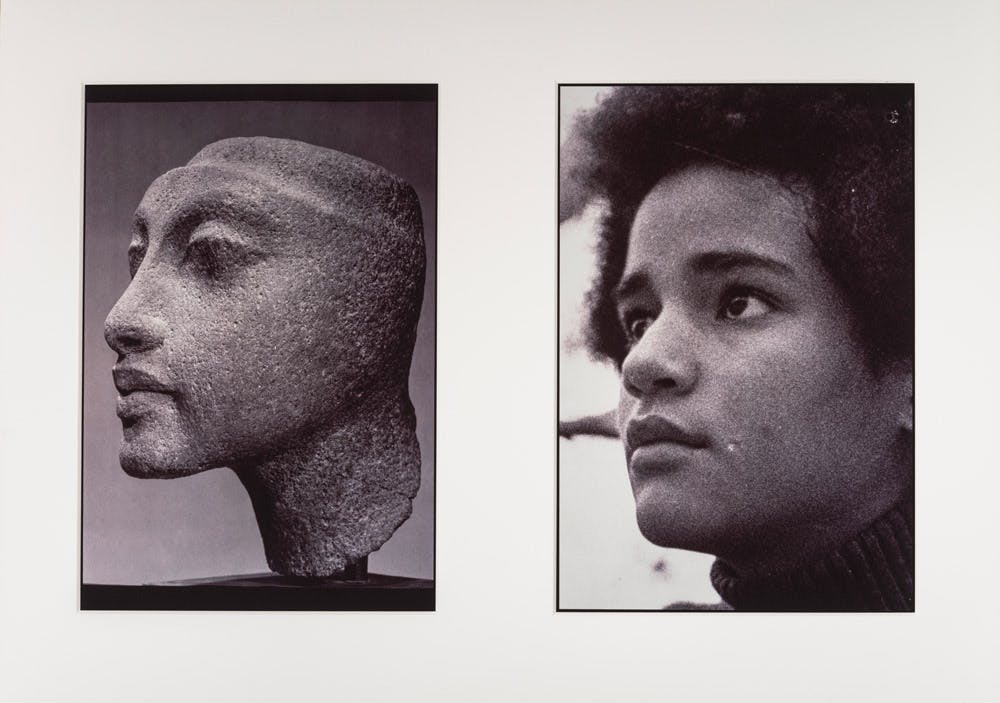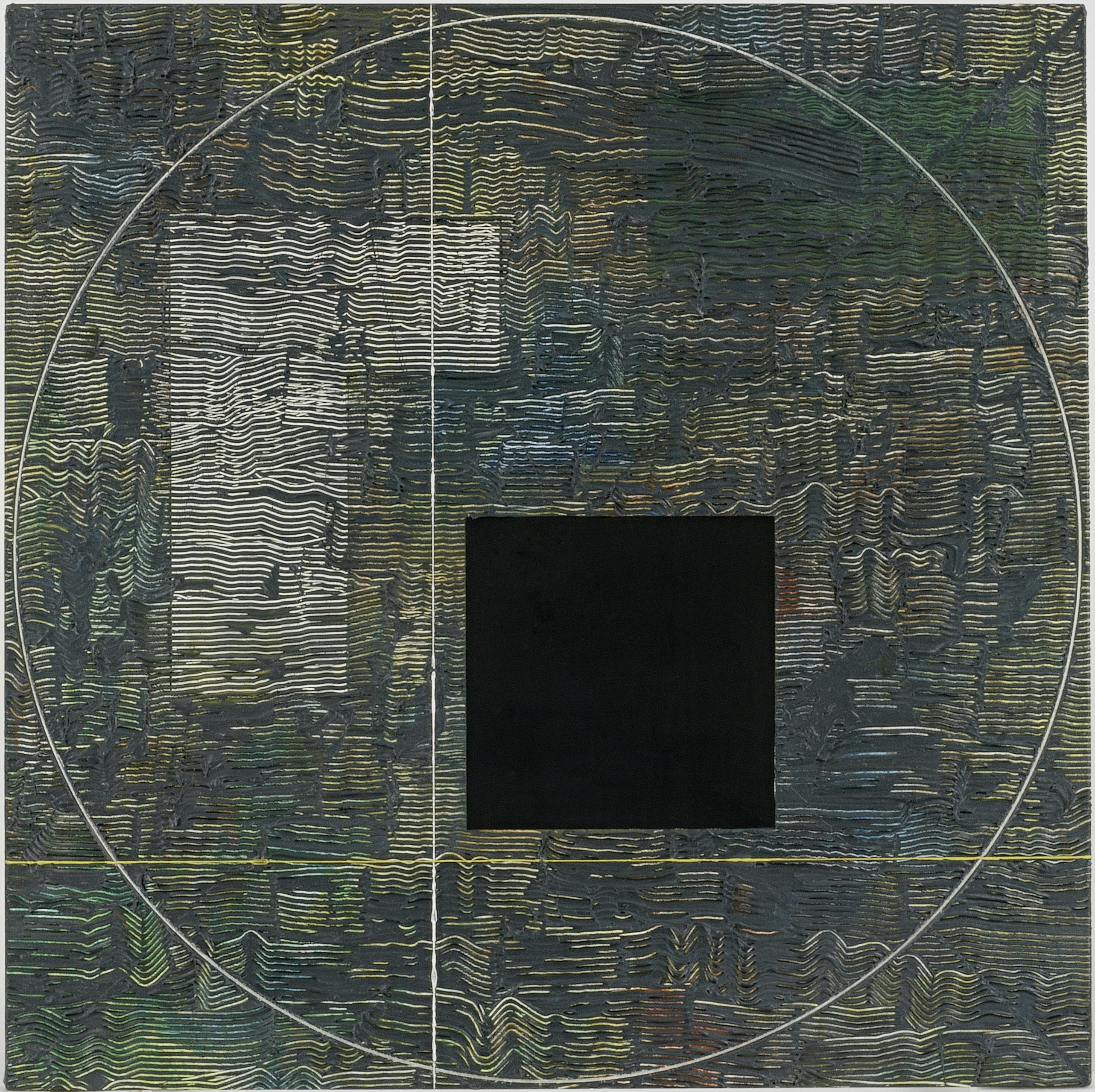Nona Faustine
(1977–2025)Nona Faustine is a photographer whose practice focuses on representation, identity, and history while proposing a deeper examination of racial and gender stereotypes.
Biography
Through inserting her own body in the history and architecture of New York City, Faustine brings attention to the ways that marginalized communities, particularly Black women, experienced and resisted the horrors of enslavement—and that they continue to carry its legacies today.
She was drawn to photography at an early age through family photo albums and, fittingly, received her first camera as a gift from her uncle. She saw the medium as merely a hobby until her parents showed her monographs of photographers such as Diane Arbus, Richard Avedon, and Ernst Haas. Although rooted in this initial introduction to documentary photography, Faustine has expanded her practice to play with modes of Conceptualism and emphasize the contributions of Black womanhood across generations.
Faustine is best known for photographs in which she stages herself, often nude aside from white heels, in front of sites associated with chattel slavery in New York City. In doing so, she reveals the incomplete histories of people whose existence and contributions have yet to be recognized or memorialized. On choosing a location like Wall Street for her work, Faustine says, “Enslaved people cleared the forests, built the roads and buildings, built forts and the wall that gave Wall St. its name. Human beings were the first commodity of the greatest finance capital in the world.”1 Through inserting her own body in the history and architecture of New York City, she brings attention to the ways that marginalized communities, particularly Black women, experienced and resisted the horrors of enslavement—and that they continue to carry its legacies today.
Faustine is a graduate of the School of Visual Arts and the International Center of Photography-Bard College program. In 2019, Faustine received a New York State Council for the Arts/New York Foundation for the Arts Fellowship, the Colene Brown Art Prize, and the Anonymous Was A Woman grant. In 2020, she participated in the inaugural class of Kehinde Wiley’s Black Rock Senegal Residency. The Studio Museum has presented her work in group exhibitions including A Constellation (2015) and Regarding the Figure (2017).
1) Nona Faustine, White Shoes: Nona Faustine (London: MACK, 2021), 109.
Exhibitions and Events
Nona Faustine
(1977–2025)Nona Faustine is a photographer whose practice focuses on representation, identity, and history while proposing a deeper examination of racial and gender stereotypes.
From Her Body Sprang Their Greatest Wealth, 2013
Biography
Through inserting her own body in the history and architecture of New York City, Faustine brings attention to the ways that marginalized communities, particularly Black women, experienced and resisted the horrors of enslavement—and that they continue to carry its legacies today.
She was drawn to photography at an early age through family photo albums and, fittingly, received her first camera as a gift from her uncle. She saw the medium as merely a hobby until her parents showed her monographs of photographers such as Diane Arbus, Richard Avedon, and Ernst Haas. Although rooted in this initial introduction to documentary photography, Faustine has expanded her practice to play with modes of Conceptualism and emphasize the contributions of Black womanhood across generations.
Faustine is best known for photographs in which she stages herself, often nude aside from white heels, in front of sites associated with chattel slavery in New York City. In doing so, she reveals the incomplete histories of people whose existence and contributions have yet to be recognized or memorialized. On choosing a location like Wall Street for her work, Faustine says, “Enslaved people cleared the forests, built the roads and buildings, built forts and the wall that gave Wall St. its name. Human beings were the first commodity of the greatest finance capital in the world.”1 Through inserting her own body in the history and architecture of New York City, she brings attention to the ways that marginalized communities, particularly Black women, experienced and resisted the horrors of enslavement—and that they continue to carry its legacies today.
Faustine is a graduate of the School of Visual Arts and the International Center of Photography-Bard College program. In 2019, Faustine received a New York State Council for the Arts/New York Foundation for the Arts Fellowship, the Colene Brown Art Prize, and the Anonymous Was A Woman grant. In 2020, she participated in the inaugural class of Kehinde Wiley’s Black Rock Senegal Residency. The Studio Museum has presented her work in group exhibitions including A Constellation (2015) and Regarding the Figure (2017).
1) Nona Faustine, White Shoes: Nona Faustine (London: MACK, 2021), 109.


